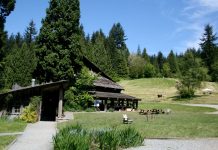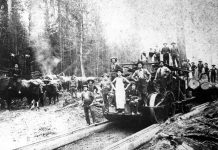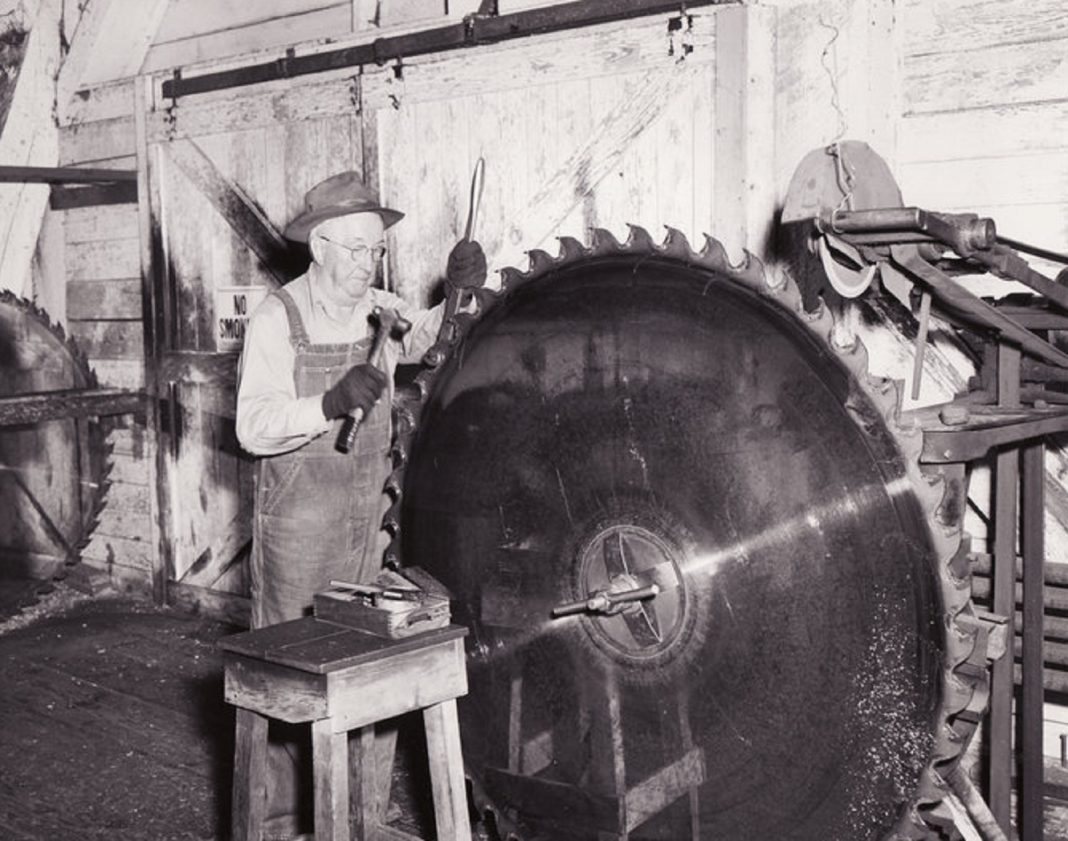Nestled in the picturesque landscapes of Snohomish County is a little town boasting a rich timber industry history. For decades, the community of Darrington has been closely tied to the magnificent forests surrounding it and a prosperous source of income when the first settlers arrived in the late 1880s. Since then, the timber industry has played a pivotal role in shaping the city’s economy and identity, with the name Darrington being synonymous with logging and lumber mills for over a century.
From humble beginnings to navigating modern challenges, the Darrington timber industry has evolved while maintaining a commitment to sustainable forestry practices. Of course, this navigation has not been without its challenges and has thus created a captivating history for the city, from its rich roots all the way to the treetops.
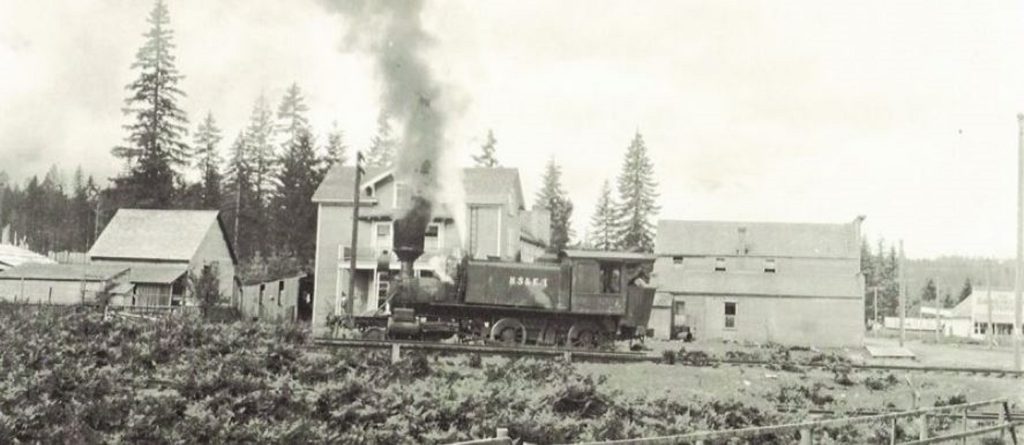
Early Settlers and the Birth of a Logging Community in Darrington
The origins of the timber industry in Darrington can be traced back to the early 1900s when adventurous loggers set their sights on the bountiful forests of the Pacific Northwest. Originally a crew of surveyors had wandered upon these lush valleys while looking for a new train route over the mountains in 1870. European settlers seeking a better life quickly followed, many of them being prospectors, farmers, and those harvesting cedar for bolts to make shingles and shakes.
Groundwork was laid, and eventually, the train reached Darrington in 1901, opening possibilities for an expanded timber harvest. Logging camps sprouted, and a close-knit community of loggers and their families made the city their home, all while forging the foundation of Darrington’s timber industry. During these years, after the railroad’s completion, several sawmills and logging operations were built.
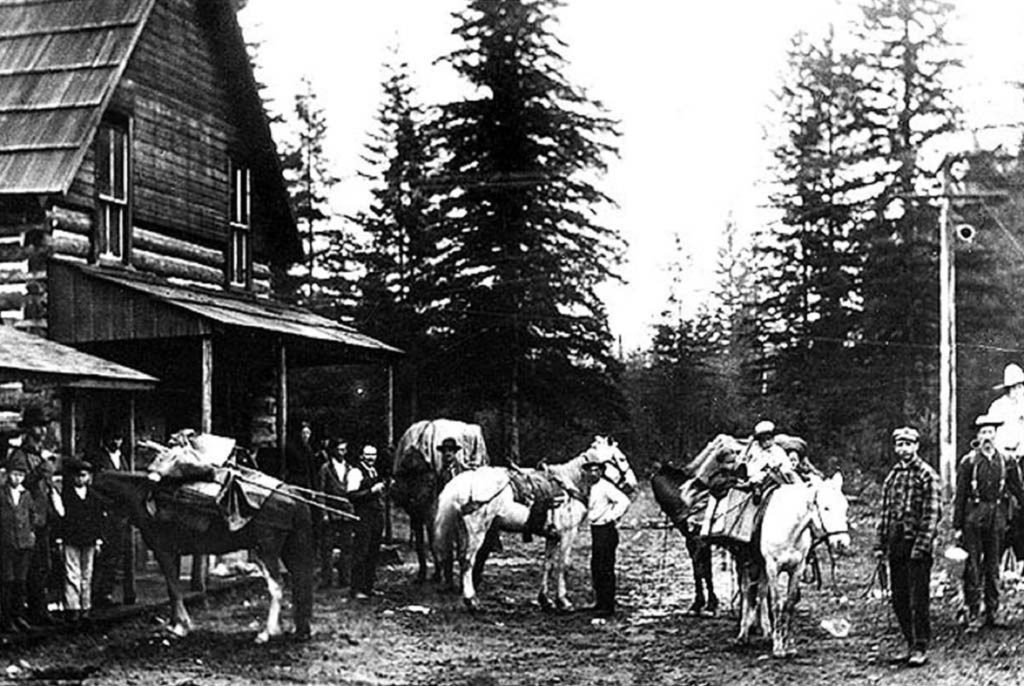
The Rise of Sawmills: Turning Forest into Lumber in Darrington
This establishment of sawmills marked a new era in the timber industry for Darrington. As the demand for timber grew, these mills allowed for more efficient processing of logs into valuable lumber and wood products thanks to their state-of-the-art equipment replacing traditional hand tools and, thus, streamlining the production process.
These Darrington sawmills soon gained a reputation for producing high-quality timber, attracting buys from far and wide. As a result, these mills became the lifeblood of the community, providing employment opportunities and boosting the local economy.
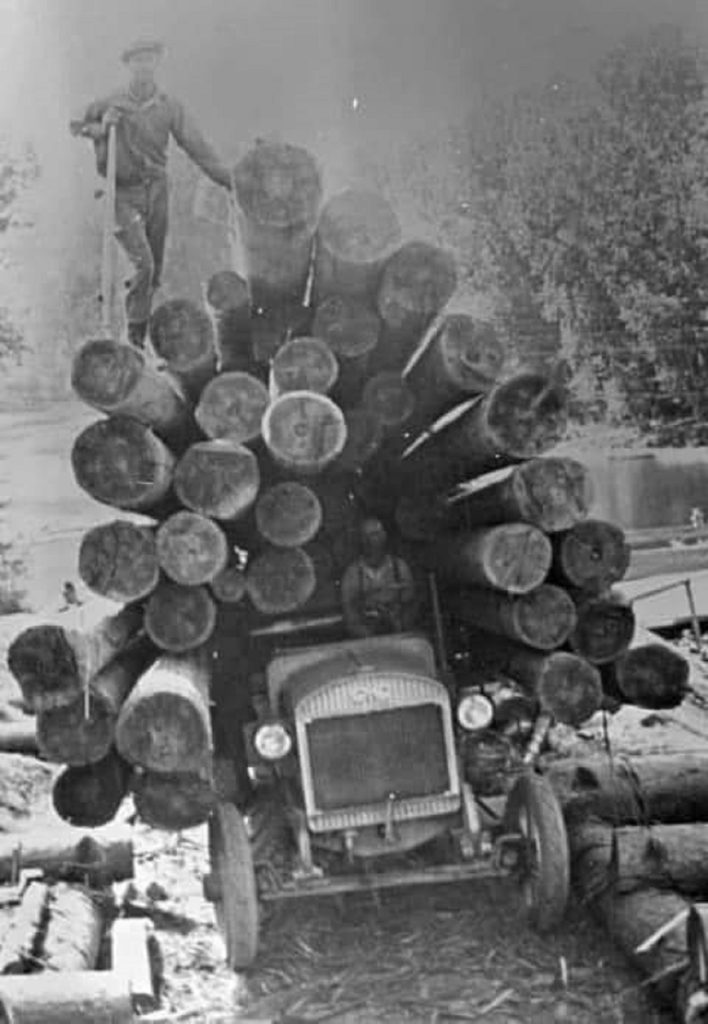
Booming Years: The Golden Age of Darrington’s Timber Industry
Throughout the mid-20th century, Darrington experienced a period of unparalleled growth and prosperity regarding the timber industry. Abundant forests provided an endless supply of timber, and the town became a bustling hub of logging operations and milling activities.
The new sawmills also attracted more residents and businesses, and with the wagon road along the North Fork Stillaguamish River improved, the city was more easily accessible for these travelers heading toward their new homes. The industry managed to not only provide jobs for a significant portion of the local workforce but also created a sense of camaraderie and community among those who worked together to harvest and process timber. By working together, the city created sustainable forestry practices, striking a balance between economic progress and environmental stewardship.
Darrington & The Great Depression’s Effect on the Timber Industry
Though Darrington was experiencing substantial economic growth, no city would be spared from the wrath of the Great Depression. The fateful stock market crash hit the logging industry very hard on October 29, 1929, as building projects ceased and building materials were no longer needed. Falling lumber prices during this period of the city’s history led several small sawmills within the area to suspend operations for an entire year, resulting in most of the town’s workforce being laid off in late 1930.
Eventually, the Civilian Conservation Corps established a work program known as Camp Darrington on May 20, 1933. Through the program, they could employ up to 200 men from northern Snohomish County. Through the work program at Camp Darrington, those who once spent their days logging and timber harvesting shifted their focus to protecting the forest, as the camp was primarily used to fight wildfires and develop infrastructure in the Darrington district of the Mount Baker National Forest, including roads, trails, and a series of fire lookout towers atop nearby mountains. Many of these roads and byways are still enjoyed today as scenic drives and hiking trails.
Later, in 1935, the townspeople established a local cooperative association to create jobs, including 33 at an independent sawmill. Since the people of Darrington have always had a long history of working together and looking after neighbors and family during hard times, they managed to pull through, as did others during this tumultuous time in our nation’s history.
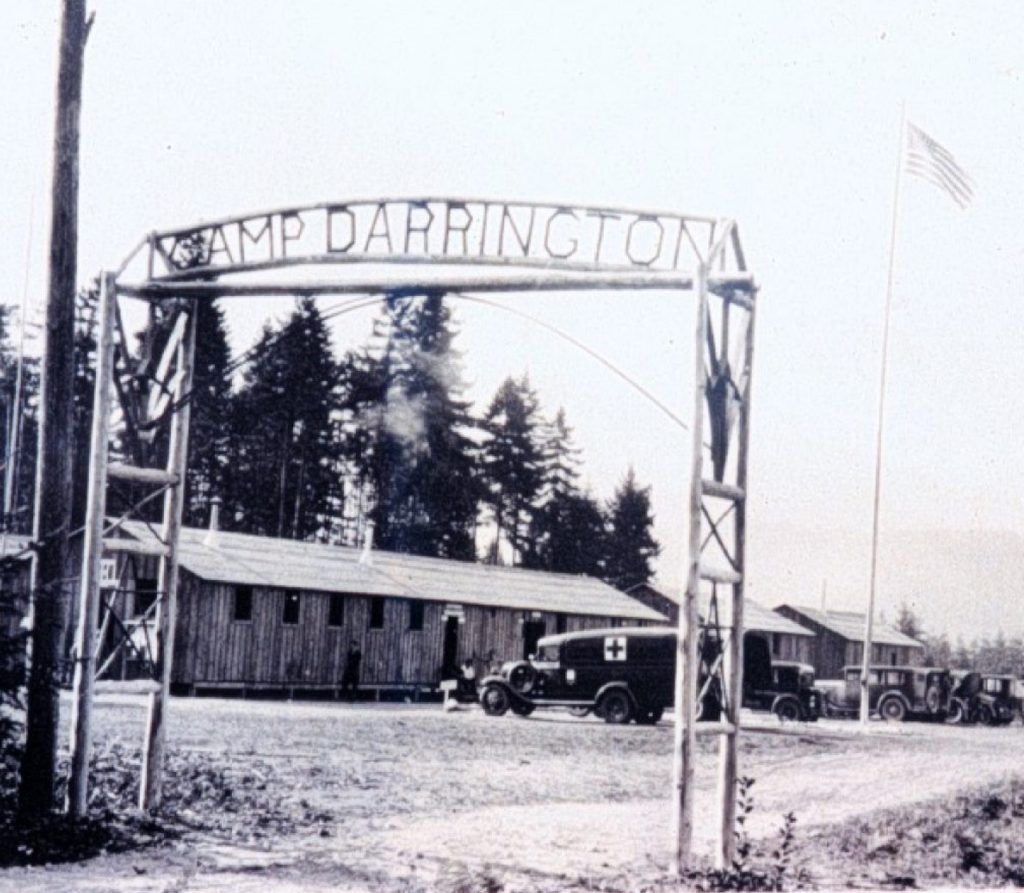
Changes to the Darrington Timber Industry During the Later-Half of the 20th Century
Still, things got better slowly, and Darrington wasn’t entirely out of the woods just yet. Like many other timber-dependent communities in the Pacific Northwest, the ensuing decades weren’t any easier as the industry began to face challenges, such as declining timber supply, changes in environmental regulations, and market dynamics that have significantly impacted the industry.
Railroad companies with extensive timber holdings in the area began to leave in the 1960s. This led to the rise of independent “gyppo” loggers who salvaged discarded timber while under contract to regional paper mills. These gyppo operations gave way to a small local timber company, Summit Timber, which acquired the largest sawmill in Darrington. It would become known as a manufacturing location for Hampton Lumber Mills in more recent years.
Despite the influx of these loggers, several smaller mills in Darrington and surrounding communities, including four for cedar shakes, still closed during the 1960s. The decline in the timber industry continued into the 1980s and 1990s as tighter logging restrictions on federal lands began to adversely affect it to protect mountain habitats home to threatened and endangered species.
At the time, Summit Mill transitioned to processing private forests and lands managed by the Washington State Department of Natural Resources, allowing it to maintain its position as the town’s largest employer still today.
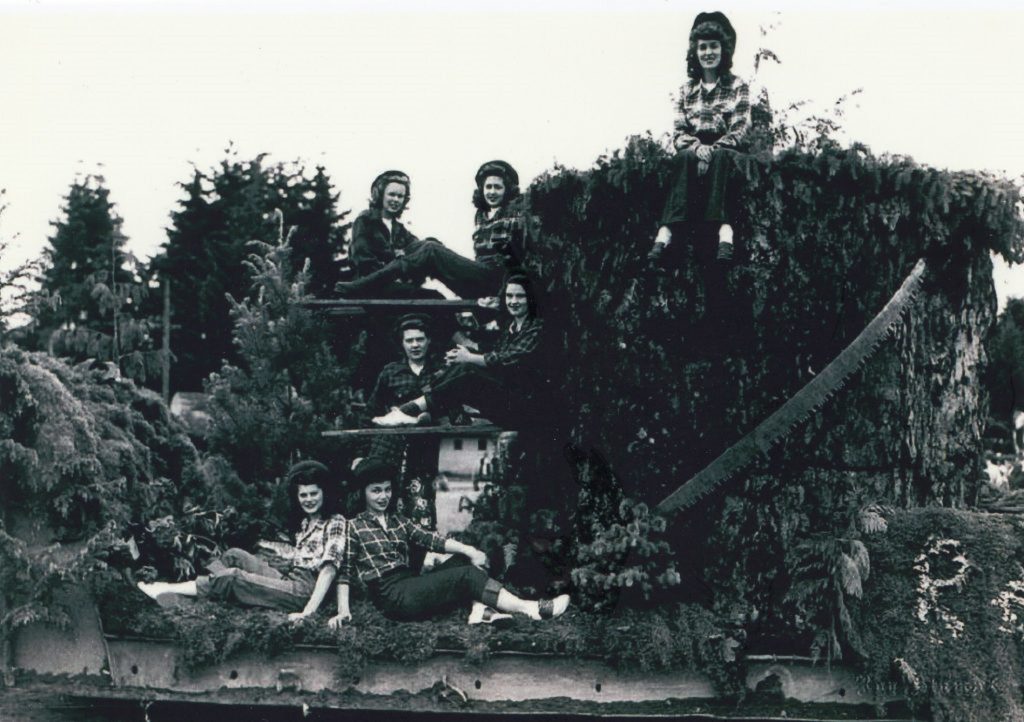
Darrington’s Lumber Industry Today
A renewed focus on sustainable forestry practices emerged as the city’s timber industry entered the 21st century. In collaboration with local stakeholders, forestry management organizations have since worked to develop strategies that would ensure the long-term health of the forest while allowing for responsible timber harvesting. These initiatives aimed to balance economic development and environmental preservation, fostering a new era of sustainable forestry in Darrington. In addition, the community has also come to prioritize education and outreach programs to raise awareness about sustainable forestry practices so that other cities may learn from their highs and lows.
By fostering a culture of environmental stewardship, the industry seeks to ensure the long-term viability of the forests and the communities that rely on them. As of 2022, the city has even been working towards creating the Darrington Wood Innovation Center.
The center is a collaboration between the Town of Darrington, Snohomish County and Forterra. Once the 62-acre campus is complete, it will house the next generation of high-tech wood product companies to reinvigorate the wood products industry in the town, county, and even the Pacific Northwest. In addition, the center will bring roughly 15 jobs to the small town and produce enough cross-laminated timber to build a thousand affordable housing units per year.
The roots are strong and deep for such a center in Darrington, and the city’s historic timber industry will continue to reach for the sky among the green canopy overhead.











